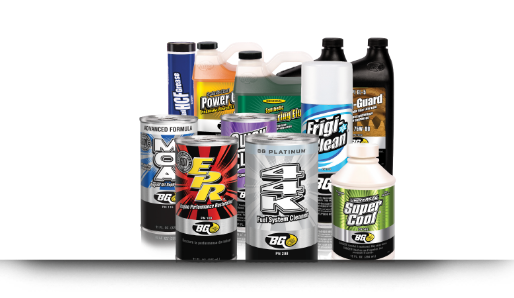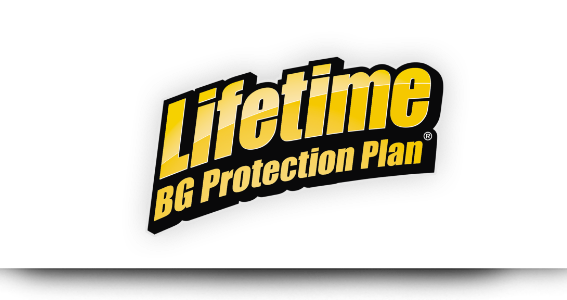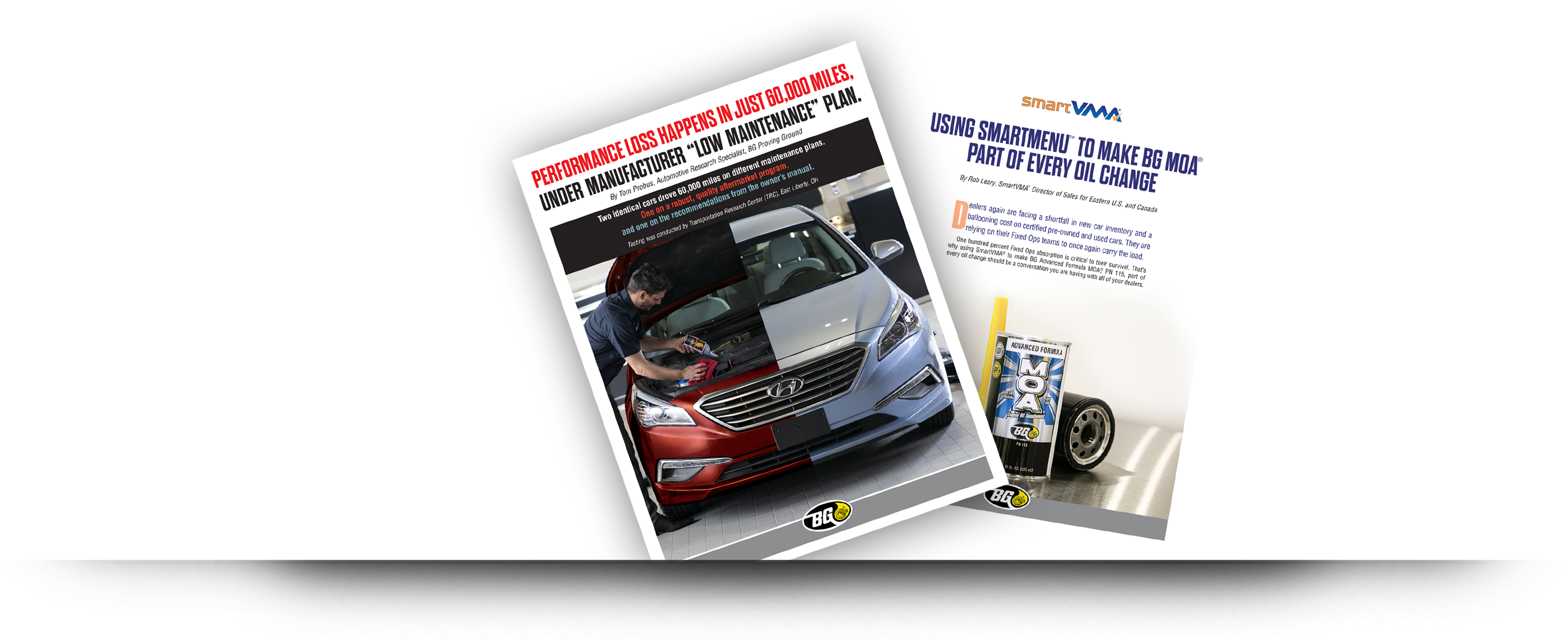According to the EPA, “more than 11 million diesel engines in operation today do not meet EPA’s new clean diesel standards, yet these engines can continue to operate for 20 to 30 years” (www.epa.gov/cleandiesel). Environmental reform is one of the most important issues facing the country today.
Smelly Fleets
The EPA developed the National Clean Diesel Campaign (NCDC) in an effort to regulate harmful diesel emissions. To achieve more instantaneous air quality benefits, the NCDC is promoting the 5 R’s:
- Refuel: The use of advanced diesel fuels.
- Retrofit: Exhaust aftermarket devices.
- Repair/Rebuild: Regular engine maintenance.
- Repower: Replacing the engine.
- Replace: Replacing the vehicle.
Unfortunately, some of these solutions can be pricey and diesel—particularly fleet—owners are struggling to find a cost-effective solution.
New emission technologies
Many fleet owners are relying on “retrofit,” that is, using aftermarket devices to clean up emissions.
For example, a Diesel Particulate Filter (DPF) is a ceramic device that collects particulate matter in the exhaust stream. In a typical school bus, it can reduce emissions by 60-90 percent, but costs between $5,000 and $10,000 and must be used only with ULSD. If maintained properly, a DPF can last 7 to 15 years. If a higher sulfur diesel is used, the filter will plug, leading to costly engine damage and possible component replacement.
Another method involves using a Diesel Oxidation Catalyst (DOC) to break down pollutants into less harmful components. In a typical school bus, it can reduce emissions by 20 percent and costs about $1,000 to $2,000. Requiring almost no maintenance, a DOC can be used with higher sulfur diesel and lasts 7 to 15 years.
Is BG green?
Can BG provide a solution to fleet dealers? Yes! By performing regular engine maintenance with BG products and services, dealers can avoid installing costly aftermarket devices, replacing the engine or worse, the entire vehicle.
For example, the BG Diesel Injection Service breaks down heavy deposits—in the fuel lines, injector pump, fuel injectors and combustion chambers—which cause increased smoke and harmful emissions. On the other end, the unparalleled BG Diesel Induction Service cleans carbon deposits from the air intake system and EGR passages. A task that has required complete engine tear down in the past.
By keeping diesels clean, BG products and services can protect engines and the environment. With 11 million diesel engines under the mark, millions of dollars worth of services are up for grabs.
Look for more in depth coverage on diesel emission technologies in the next installment of Tech Trends.
Laboratories around the world, including BG Products, are researching how to bring cleaner, quieter and less-polluting diesel engines to market. Diesel Emissions Technology, Orange, Calif., is among the hardware leaders. Here are some areas of technology, listed at www.dieselemissiontechnologies.com, that the company is pursuing.
Like any technology, diesel is evolving quickly. It’s important to stay up-to-date on recent developments.
DIESEL OXIDATION CATALYSTS (DOC)
A DOC muffler is an integrated catalytic converter and muffler that replaces the existing muffler and reduces tailpipe emissions. The reliable and cost effective systems have been widely used on school and urban buses, as well as refuse trucks and other municipal vehicles.
Both CARB and US EPA-verified for 1988-2006 model year engines rated from 150-600 hp., DOC mufflers incorporate flow distribution and noise reduction elements. A DOC usually is extruded ceramic substrates coated with a platinum-based precious metal catalyst. The catalyst allows a flameless, low temperature, burning or oxidation of diesel exhaust pollutants. A DOC typically removes between 15-30 percent of particulate matter emissions, 40 percent of the carbon monoxide and 60 percent of hydrocarbon emissions.
The main drawback of DOC mufflers is that they don’t meet the high-particulate reductions sought in such programs as California’s Diesel Risk Reduction Program.
DOC mufflers are reliable and maintenance free with normal operation. DOCs become activated above 150° C, compared to diesel particulate filters (DPFs) that require 200-240° C. The DOC activation temperature is normally reached during engine idling or even light duty cycles. There are no minimum temperature requirements and they can be applied on a wide range of engine horsepower, model years and duty cycles.
DIESEL PARTICULATE FILTERS (DPF)
DPFs have been used on non-road machines since the early ’80s and within the automotive industry since the mid ’90s.
The California Heavy Truck rule started regulating diesel emissions in 1987 and capped particulate emissions at 0.60 g/BHP Hour. Since then standards have gotten progressively tighter.
Similar regulations have been introduced around the world. More than half the cars sold in Europe are diesel powered. VW/Audi and Mercedes lead the pace. But the Europeans have taken a new and different stance on factory technology. Instead of using a DPF for particulate reduction, European manufacturers have focused on reducing the amount of fuel used and increasing the oxygen in combustion. This has increased NOx emissions that created the need for the Selective Catalyst Reduction (SCR) technology.
While no jurisdiction has made filters mandatory, the increasingly stringent emissions regulations for engine builders mean that eventually all on-highway diesel engines will be fitted with them. Neither the American 2007 heavy truck engine emissions regulations or the European Union 2007 automobile regulations have been met without filters. Off-highway diesel engines are also regulated, which will increase the need for additional DPFs.
California, the EPA and other air quality government agencies are studying regulations to require all diesel engines be retrofitted, some by as early as 2013.
PARTIAL OXIDATION FILTERS (POC)
Other devices produce over 50 percent particulate matter filtration, but less than 85 percent of a DPF. Partial filters come in a variety of materials. They produce more backpressure than a Diesel Oxidation Catalyst (DOC) and less than a Diesel Particulate Filter (DPF). Partial filter technology is popular for retrofit applications in older engines.
EXHAUST GAS RECIRCULATION (EGR)
EGR reduces nitrogen oxide and carbon dioxide in most diesel applications. The high-pressure system is typically found in newer engines.
EGR re-circulates some exhaust gas back to the cylinders. Intermixing the incoming air with re-circulated exhaust gas dilutes the mix with inert gas, lowering the flame temperature in diesel engines, reducing the amount of excess oxygen. In modern diesel engines the EGR gas is cooled through a heat exchanger to allow the introduction of a greater mass of re-circulated gas.
But EGR decreases some power and can cause incomplete burning of fuel, increasing particulate matter. Stricter regulations on particulate matter call for further emission controls to be introduced to compensate.
An eye on growth
“BG is among the leading companies to solve problems in diesel technologies, “says Mike Belluomo, BG’s Product Technical Services Representative. “There is a huge chance for growth in North America and around the world giving BG a chance to showcase its expertise in fuel and lube solutions in diesel technology.”






